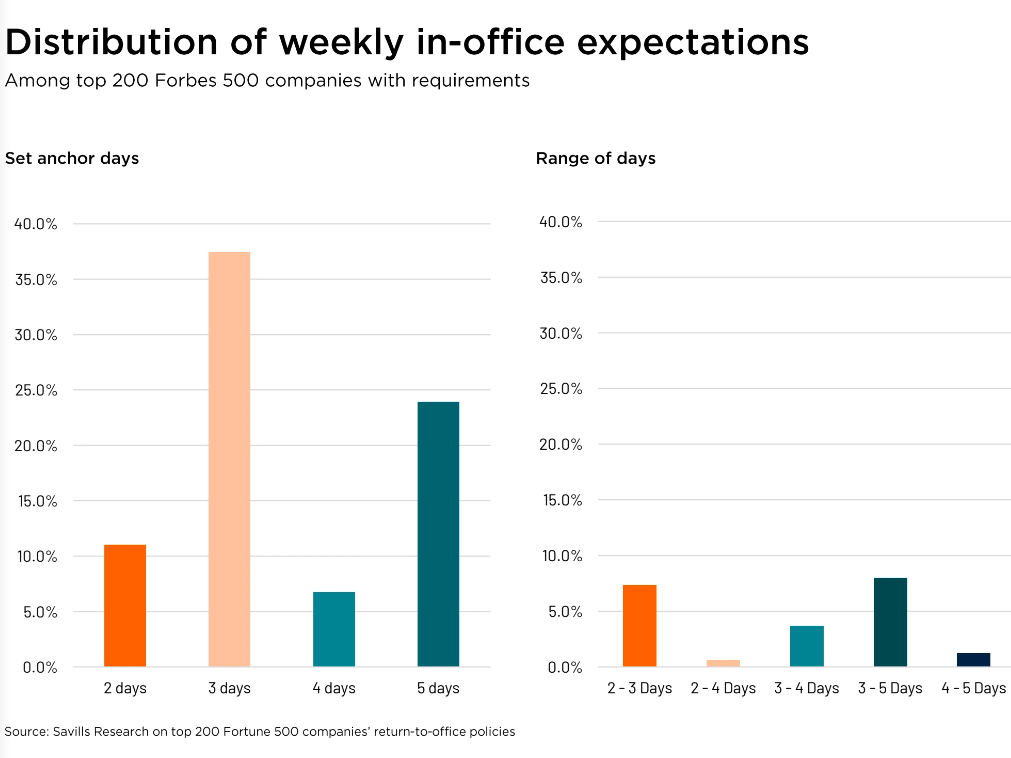CREFC’s Lisa Pendergast on What’s Next for CRE CLOs
The organization’s executive director assesses how market conditions could impact issuance in the coming quarters.
Although the pandemic slowed down commercial real estate CLO deals, the market recovered quickly, with issuance reaching $45 billion. But can this record performance continue given the current economic environment?
To find out how high inflation and rising interest rates will impact the CRE CLO market, Commercial Property Executive reached out to Lisa Pendergast, executive director at the Commercial Real Estate Finance Council. Pendergast joined CREFC in 2016. Previously, she spent more than 25 years in the fixed-income, structured-finance markets department.
READ ALSO: Finance Leaders Paint Bright Picture at CREFC Conference
What can you tell us about the overall health of the capital markets today?
Pendergast: We are in a period of what I would call introspection and perhaps a bit of trepidation as it relates to the financial markets in general and the commercial and multifamily capital markets in particular. Uncertainty is not your friend as an investor or an issuer, and these are for sure uncertain times.
Specifically, all corners of the CRE and multifamily capital markets are subject to a certain level of uneasiness given the potential for an economic one-two punch. The continued historical highs in the inflation rate and the real potential that an aggressive Federal Reserve could slow economic growth are top of mind for everyone. It’s the stagflation issue.
To the good, CMBS and CRE CLO issuance continues apace, with a modest pullback recently as the onslaught of transactions and macro-economic/rising rate concerns conspired to create a bit of an investor pause. There was a noticeable widening of spreads during this period as robust new-issue supply met with a recalcitrant investor base.
CRE CLO issuance surpassed $45 billion in 2021. What fueled this record growth?
Pendergast: A number of factors have driven new-issue supply: The first is a growing cadre of transitional assets caused by the pandemic. Second is the growing acceptance of the sector by investors, particularly now that there are more issuers, and more debt funds with varying approaches to the business in terms of asset classes, structure, leverage, etc. Remember this market is now in its 11th year—an infant no longer.
How have CRE CLO deals performed during the first quarter of the year?
Pendergast: High levels of new-issue supply put pressure on spreads in the first quarter of 2022, but performance has improved more recently. CRE CLO saw negative total returns in first quarter 2022 with AAAs and BBB CLOs registering returns of minus 0.6 percent to 0.8 percent, according to Bank of America. I suspect things will be a bit touch-and-go as the markets gain a better understanding of the Fed’s plans. From a credit perspective, I would say that the sector proved its mettle during the pandemic and the economic dislocation that resulted. From a credit perspective, a KBRA CRE CLO loan default study shows a cumulative default rate of 2.5 percent by loan count during the height of the pandemic.
What are the advantages of CRE CLO financing?
Pendergast: There are advantages to both the CRE CLO manager/lender and the investors. For the CRE CLO manager, the structure provides them with non-market-to-market financing that beats repo financing.
What’s more, the CRE CLO structure provides sponsors with enhanced flexibility, particularly with managed deals. In effect, these structures offer lenders a solid financing option for their loans that is non-recourse, non-market-to-market, and still allows them significantly more flexibility in terms of a non-static pool of loans and essentially term financing that matches their assets.
For investors, the CRE CLO offers an attractive offering that is well structured, well credit-enhanced and allows them, especially, today to be leveraged to any uptick in rates. Of course, one could argue that a rising rate environment for a transitional asset may be challenging.
CRE CLOs focus on assets that are in transition. How do you expect high construction, material and labor costs to impact the market’s performance this year?
Pendergast: Undoubtedly, inflation has hit every sector of the economy and the costs you cite are no doubt completely ensnared in not only rising costs but also availability. This is where the borrower’s business plan and the lender’s prudence really matter. Of course, a transitional loan doesn’t always equate to the need to totally rehabilitate a property, but oftentimes means simply replacing a key tenant.
How do you expect the higher interest rate environment to impact CRE CLO deals in the coming quarters?
Pendergast: That’s a very interesting question as, on the one hand, rising benchmark rates likely translate into higher mortgage rates, and yet investors are more likely focused today on seeking relative value in floating-rate products, particularly up the credit stack, where a good credit enhancement bond that is levered positively to higher rates will prove attractive. Of course, the downside is that a rising rate environment puts pressure on floating-rate debt and, if inflation is paired with any slowdown in economic growth, it can lead to challenges for the borrower and the asset.








You must be logged in to post a comment.